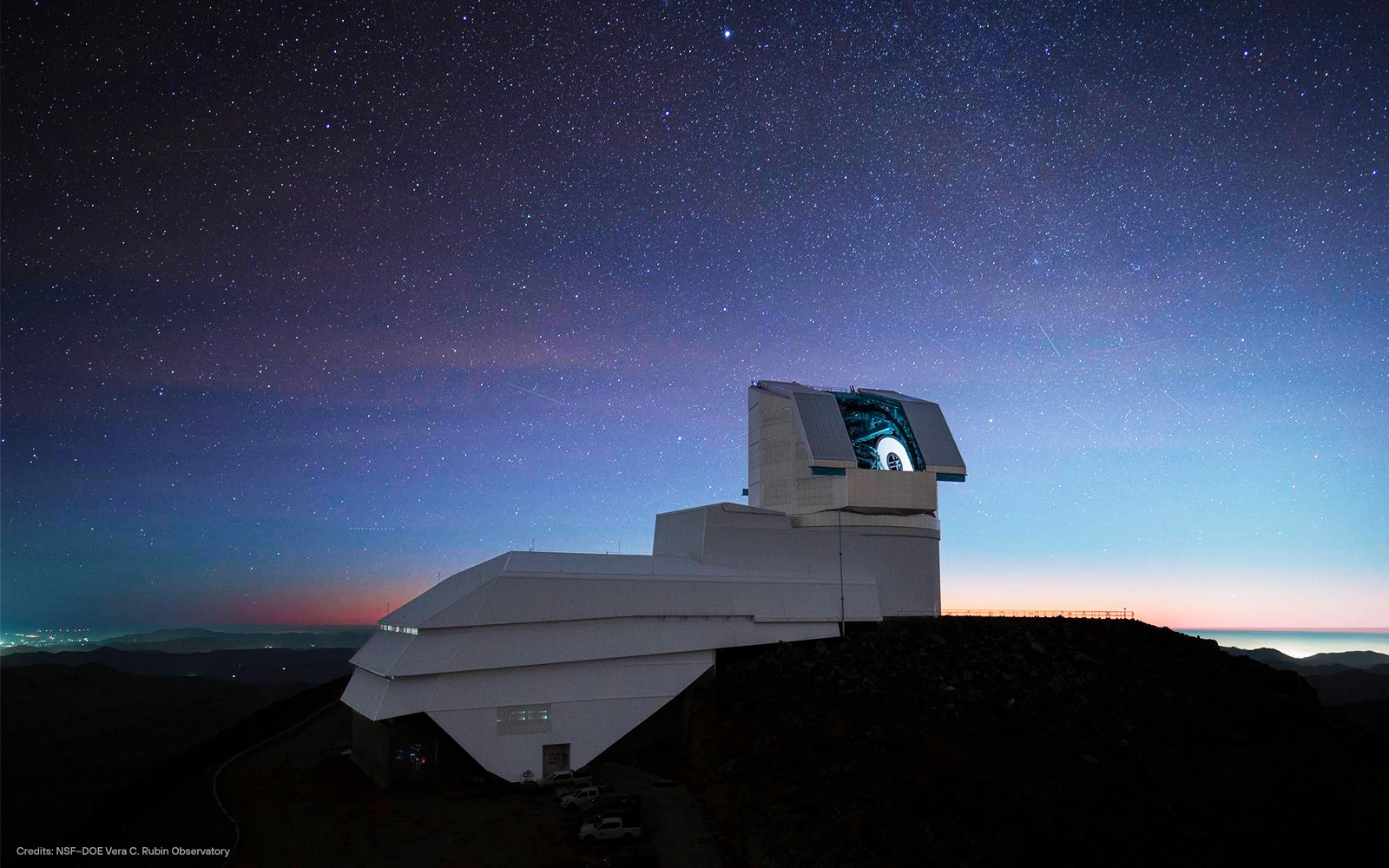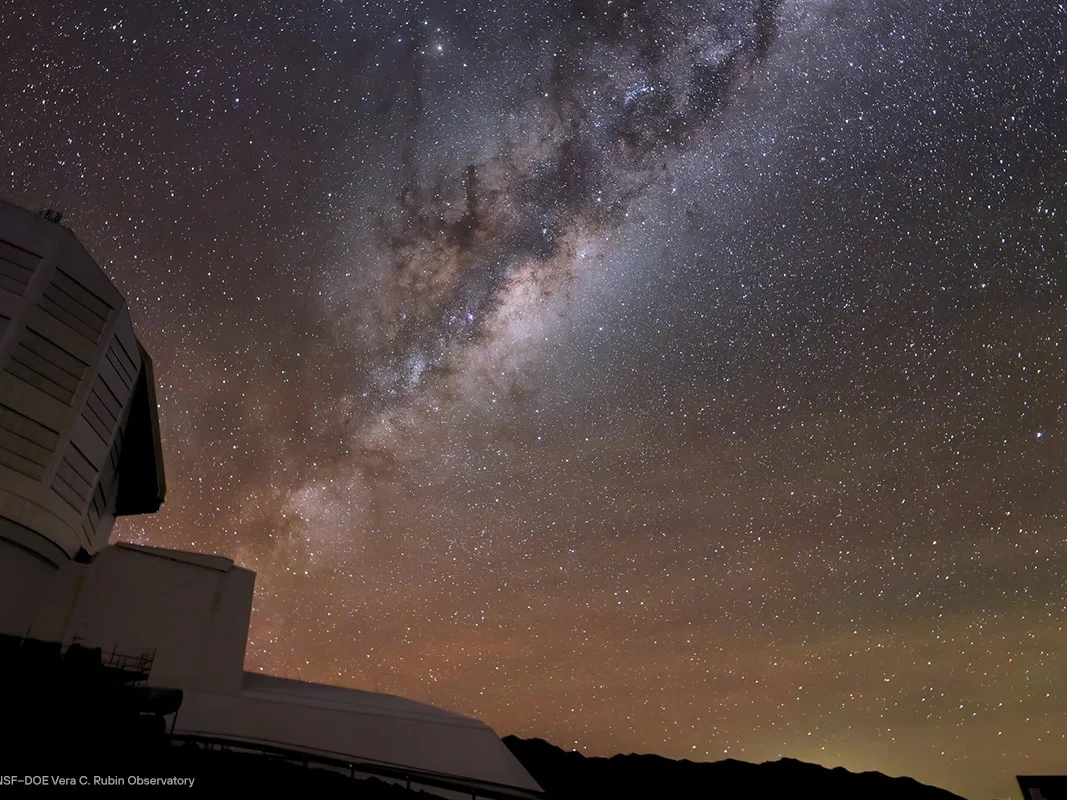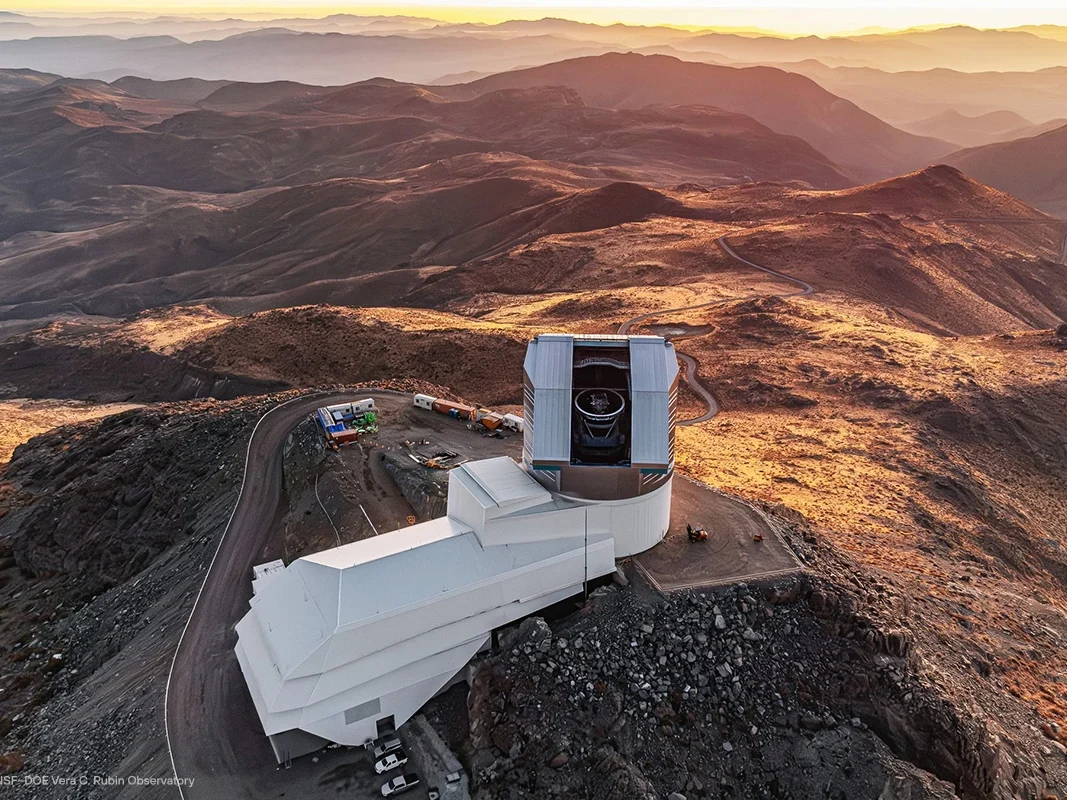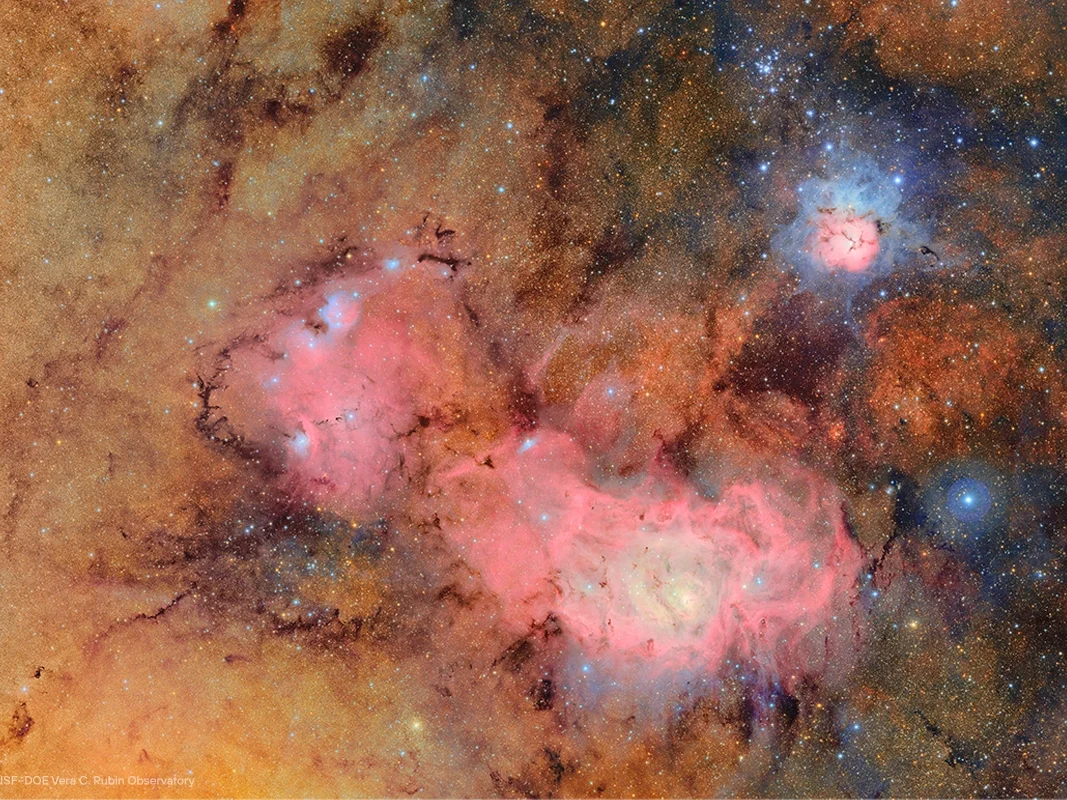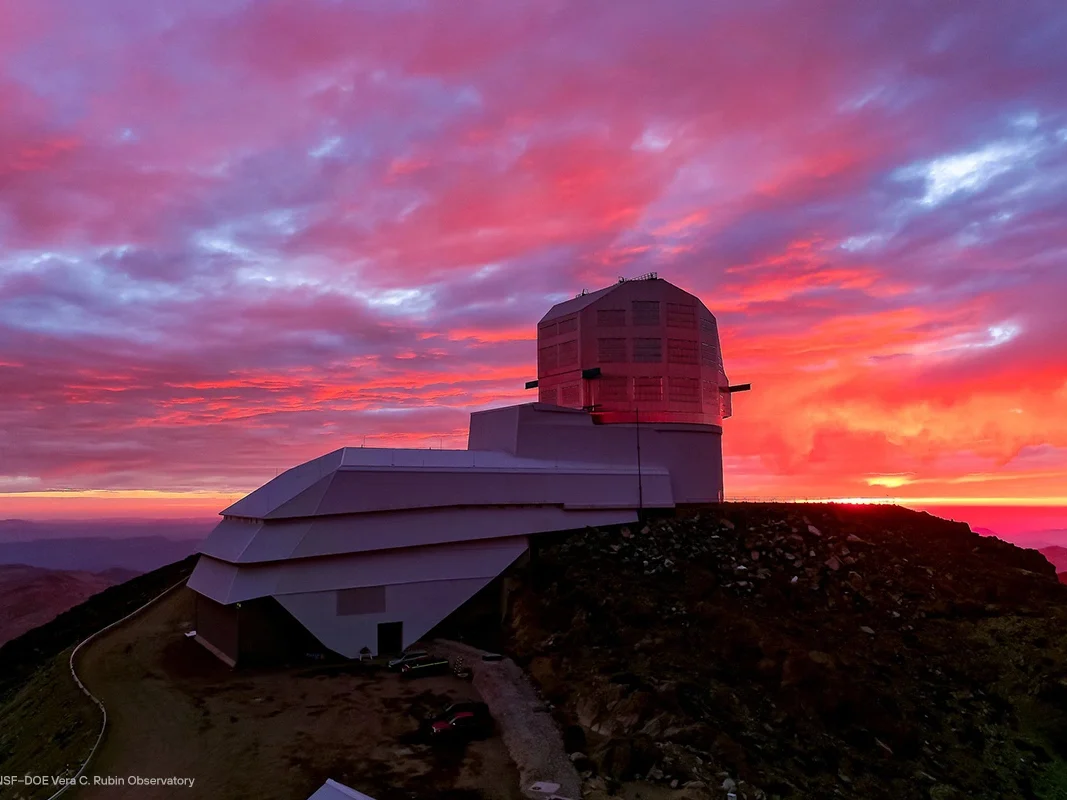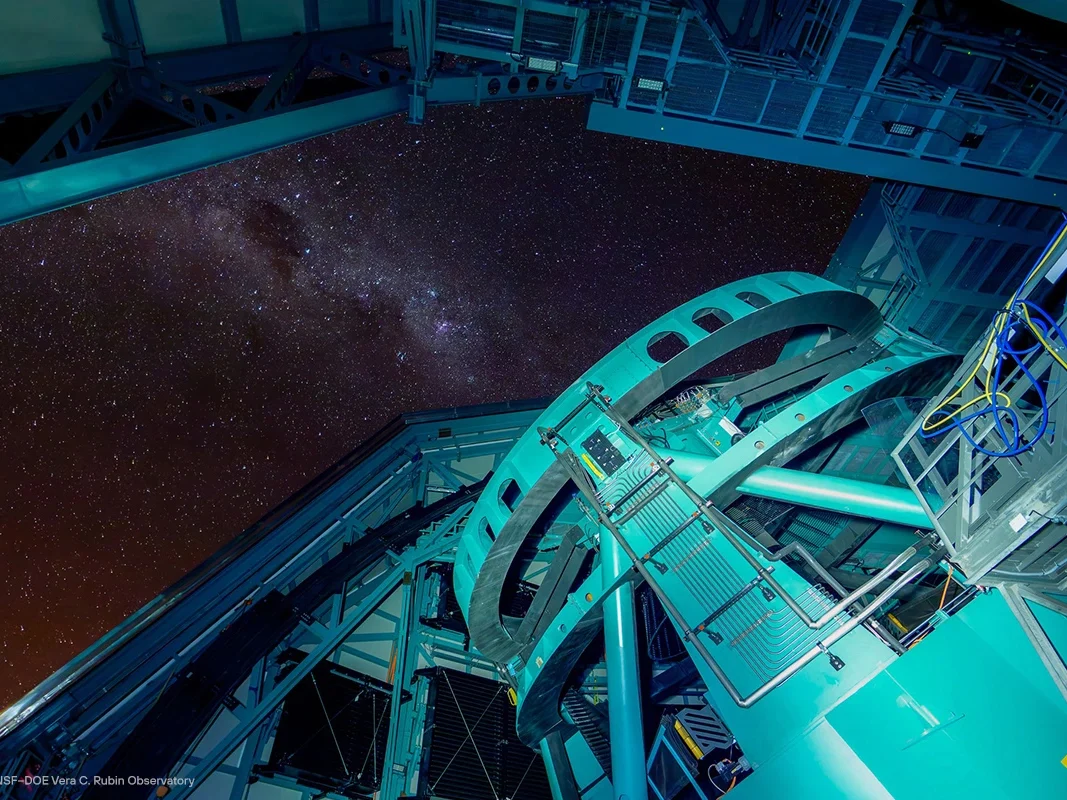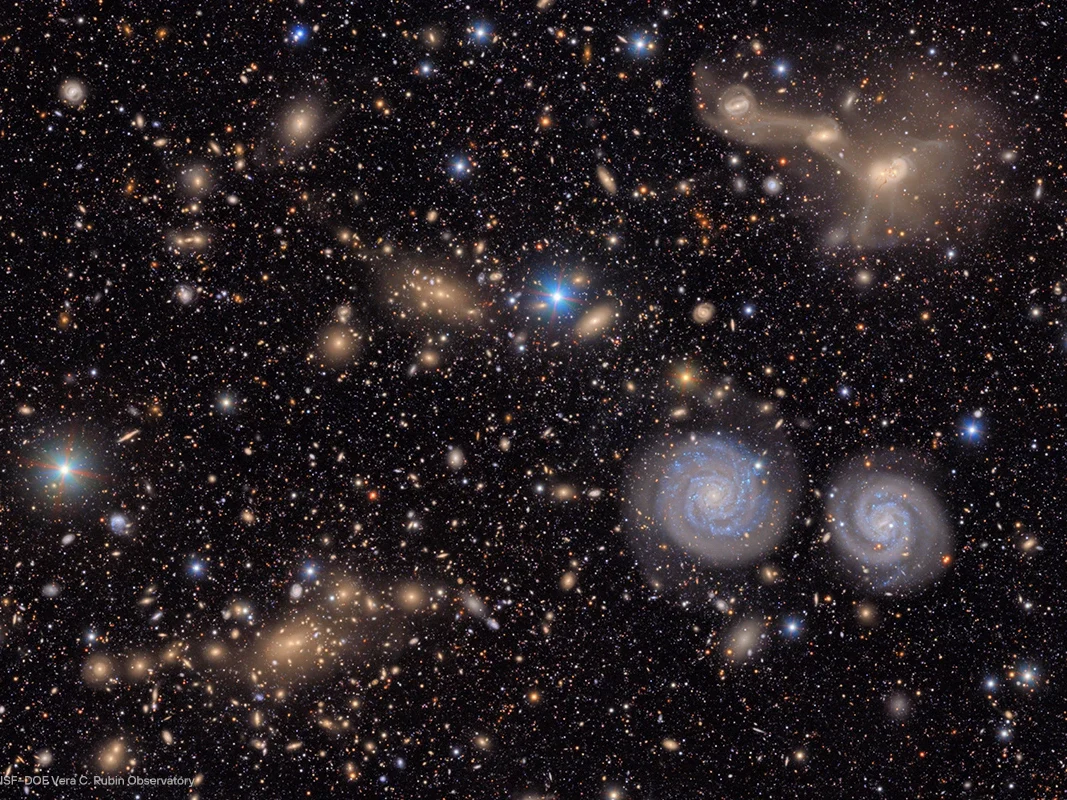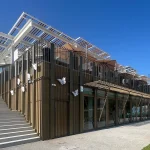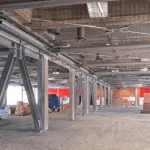By the opening of the Vera C. Rubin Observatory on Cerro Pachón, Chile, at an altitude of over 2,500 meters, a new era of astronomical observation has officially begun.
The Observatory is dedicated to Vera C. Rubin, a pioneer in astrophysics who revolutionized our understanding of the universe. Her research provided the first conclusive evidence of the existence of dark matter, demonstrating that galaxies are immersed in large halos of invisible matter that determine their anomalous behavior. The Vera C. Rubin Observatory directly continues her legacy with the study of dark matter and dark energy – which together are believed to make up about 95% of the cosmos but whose true nature remains unknown.
A new view of the universe through the LSST telescope
Equipped with the largest digital camera ever built for astronomy—the 3,200-megapixel LSSTCam—and an 8.4-meter-diameter reflecting telescope, the observatory is designed to revolutionize the way we explore the sky.
Its mission, called the Legacy Survey of Space and Time (LSST), will last ten years and plans to map the entire night sky of the southern hemisphere every three nights. The goal? To build a high-definition ‘cosmic movie’ capable of showing the evolution of the Universe over time. It will be a crucial tool for studying comets, distant galaxies, variable stars and supernovae, but also – and above all – for investigating the mysteries of dark matter and dark energy, which make up 95% of the known Universe.
Unprecedented data: over 2,100 asteroids discovered in one week
The initial results are already surprising: in just seven nights of observation, Rubin identified over 2,100 new asteroids, seven of which are classified as potentially near-Earth objects (NEOs). This figure is emblematic of the telescope’s potential: in just a few days, it has achieved goals that, until yesterday, would have taken years. Its ability to return sequential, high-resolution images allows for the analysis of the motion of celestial objects with a precision that was previously unthinkable.
The Italian contribution, combining scientific excellence and specialist engineering
Italy plays a prominent role in this global project. On a scientific level, thanks to the joint work of the “Augusto Righi” Department of Physics and Astronomy at the University of Bologna and INAF – the National Institute for Astrophysics. On an industrial level, the dome protecting the telescope was built by the Italian company EIE Group in Venice-Mestre.
Incide Engineering also contributed to the construction of this infrastructure, bringing its highly specialized structural design expertise to bear. Incide worked alongside the technical firm Cimolai in the design of several auxiliary structures for the dome.
Designing for the aerospace sector and large astronomical facilities means working with extreme standards of precision and reliability: every structural element must guarantee maximum vibration control, minimal tolerances, and absolute stability, so as not to compromise the quality of observations.
For Incide, its contribution to Rubin was a concrete example of special structures and how structural engineering can support cutting-edge scientific research by applying cross-disciplinary skills and advanced technologies to infrastructure that is unique in the world.
With cutting-edge technologies, a revolutionary scientific vision, and the contribution of Italian engineering excellence, the Vera Rubin Observatory promises to change our relationship with space forever, redefining the way we see the cosmos and revealing its most hidden secrets.
